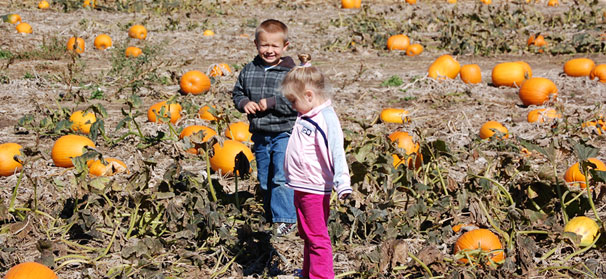

Dec 16, 2011What is your soil’s cation exchange capacity?
What is your CEC? Don’t take this as a personal question, but it is an important soil characteristic growers need to know and understand. CEC is short for cation exchange capacity – but what is that? What does CEC mean for you as a grower and how does soil with a low number differ from soil with a high number?
Soil particles are negatively charged and attract positively charged molecules. These molecules can be nutrients, water, herbicides and other soil amendments. A soil particle’s ability to react with these molecules is called the cation exchange capacity. If the CEC number is low, not many molecules are able to bind (react) to the particle surface. If the number is high, a larger number of molecules can bind to the particle’s surface. Michigan soils have a wide range of CEC values with sand-based soils having numbers below 10, clay and silt soils having values of 15 to 25 and organic soils approaching 100. To further confuse the picture, since Michigan is a glaciated state, values can change significantly within many fields.
CEC is directly related to soil composition. High-sand soils have low CEC values, with the number increasing as the soil contains more clay, silt and organic matter.
A good visual analogy is to think of a sand grain as a book. A book has definite width, height and depth that can be measured, but has a low surface area compared to volume – just like a sand grain. The relatively small surface area provides a limited number of sites where molecules can bind. The pages of the book are like clay molecules. If the pages were removed, they would have the same volume as the book itself, but a greatly expanded surface area providing more molecular binding sites, thus increasing soil reactivity (higher CEC). The next step in increasing surface area would be to shred the book. Shredding again keeps volume the same, but greatly increases total surface area, providing more binding sites, leading to increased CEC. Shredding the book would be analogous to an organic soil.
Now that you understand (I hope) CEC, how does knowing the number and understanding the concept relate to your farming practices? The basic aspect to remember is CEC indicates how well soil holds on to anything applied to it and how difficult it is for plants to take it away. Soils with low CEC grab hold of very little. Water passes through beach sand at 20 inches an hour, but in clay or organic soil it could be less than an inch an hour. This indicates how to irrigate different soils. Low-CEC soils need quick but frequent irrigation, while high-CEC soils need slow irrigation less often. If growers have drip irrigation on a sandy site, it is best to irrigate twice a day using high-flow emitters, but only for an hour or less each time. If soil has greater clay content, it may be best to irrigate with low-flow emitters for a longer time (six or more hours) every three or four days.
One foot of a sand-based soil at field capacity may have less than an inch of water available to plants, while a loam or a silt-clay loam may have close to 2 inches of available water. With evapotranspiration rates of 0.3 inches per day (a hot, sunny day in late July), plants exhaust available water in three days in sand but seven days in loam. Clay soils contain more unavailable water than sand can have at field capacity. This is due to the high reactivity of clay particles hanging onto water molecules, and plant roots being unable to take it away.
When applying nutrients to low-CEC soil, it is best to apply a little at a time, otherwise you run the risk of leaching them through the soil and into ground water, especially on seasonally high water table sites. When applying nutrients to clay soils, due to their naturally slow infiltration rate, it is best to incorporate them. If they are placed on the surface they are prone to runoff during periods of heavy rain (or overhead irrigation) and contaminating surface water.
Many herbicide application rates are also CEC dependent. That is why they will indicate on the label that you need to use lower rates on coarse-textured soils (sand) and higher rates on fine soils (clay and silt). Some herbicides are simply not used on organic soils. This is because the high CEC of organic soils binds the product so tightly that it is not effective and will not give the desired weed control.
CEC is a soil characteristic you need to pay attention to, since it helps with getting maximum efficiency (and economics) out of your irrigation, nutrient and herbicide applications. The only way CEC can be determined is by conducting a soil test.
By Ron Goldy, Michigan State University














